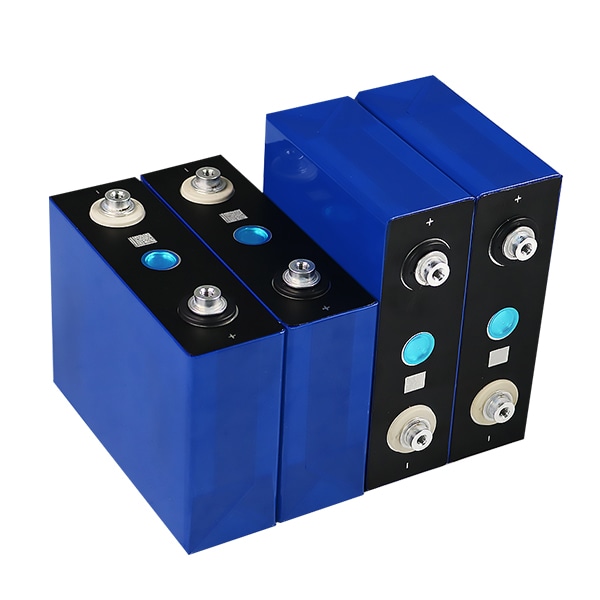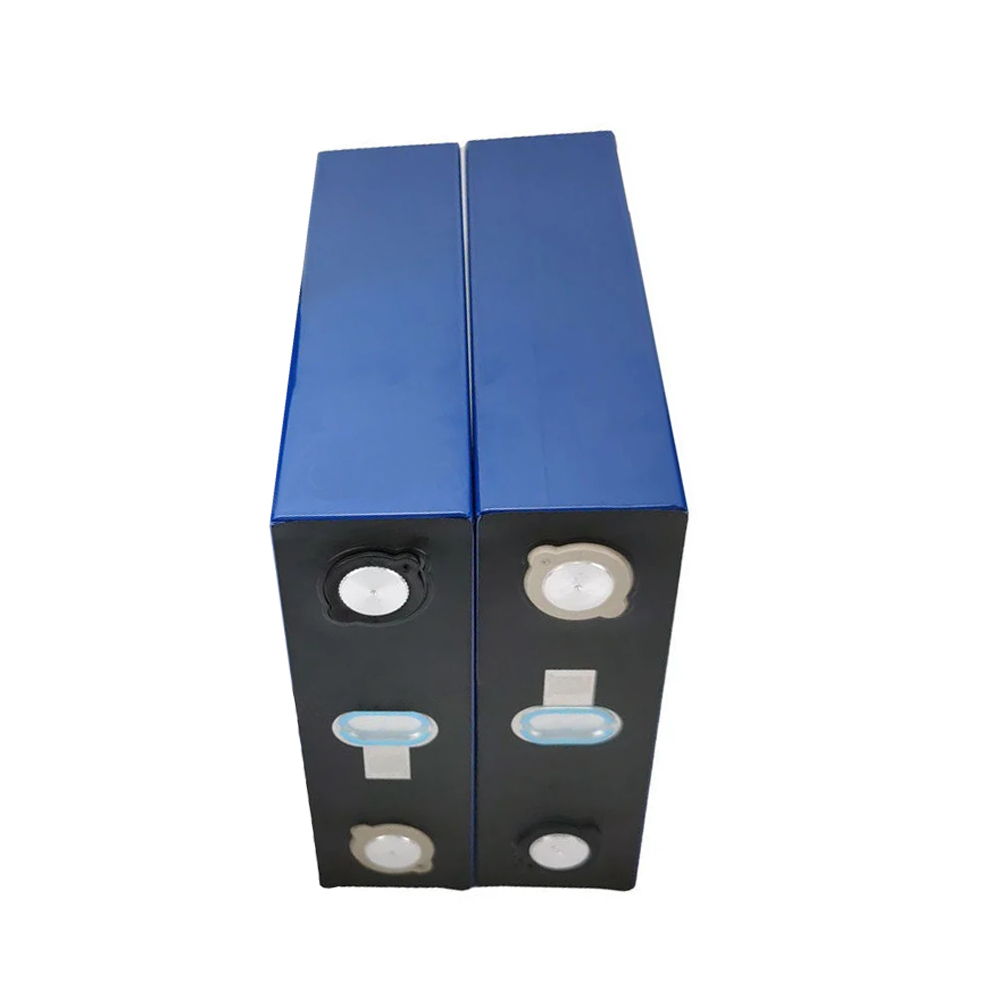Lead-acid batteries have long been a reliable power source for various applications, including forklifts. Forklift and forklift charger are extensively used in industries where heavy loads need to be moved efficiently. To ensure the optimal performance, longevity, and safety of lead-acid forklift batteries containing liquid electrolyte, regular maintenance is crucial. In this article, we will delve into the importance of maintaining lead-acid forklift batteries and provide a comprehensive guide on how to perform effective maintenance.
Understanding Lead-Acid Forklift Batteries
Lead-acid batteries are widely used due to their affordability and reliability. Forklift batteries are typically large and consist of multiple cells connected in series to achieve the required voltage. These batteries operate on the principle of chemical reactions between lead dioxide and lead sulfate plates submerged in an electrolyte solution, usually sulfuric acid and water.
The Importance of Maintenance
Maintaining lead-acid forklift batteries is not just about keeping them in working condition; it's about maximizing their lifespan, ensuring safety, and optimizing performance. Here's why regular maintenance matters:
Prolonged Lifespan: Proper maintenance can significantly extend the lifespan of lead-acid batteries, reducing the need for premature replacements and saving costs in the long run.

Optimal Performance: A well-maintained battery translates to better forklift performance. Consistent power output means increased productivity and efficiency.
Safety: Lead-acid batteries contain corrosive electrolyte and emit potentially harmful gases during charging. Regular maintenance helps identify and mitigate safety risks.
Reduced Downtime: Unexpected battery failures can lead to downtime in operations. Routine maintenance minimizes the chances of breakdowns and associated losses.
Step-by-Step Maintenance Guide
1. Visual Inspection:
Regular visual checks are the first line of defense against potential battery issues. Perform these inspections weekly:
Look for cracks, leaks, or signs of damage on the battery casing.
Check for corrosion on terminals, connectors, and cables.
Ensure that all connections are tight and secure.
2. Electrolyte Level:
Checking and maintaining the proper electrolyte level is crucial for battery health. Do this every 1-2 weeks:
Open the cell caps and inspect the electrolyte level in each cell.
Add distilled water to cells as needed to bring the level up to the manufacturer's recommended level, usually just above the plates.
3. Cleaning:
Regular cleaning prevents the buildup of corrosive residue on the battery. Perform cleaning every month:
Use a solution of baking soda and water to clean terminals, connectors, and the battery casing.
Rinse thoroughly with clean water and dry the battery.
4. Charging:
Proper charging is essential to maintain battery capacity and prevent sulfation. Follow these guidelines:
Avoid deep discharges; recharge the battery before it drops below 20-30% charge.
Charge in a well-ventilated area to disperse hydrogen gas safely.
Use a charger designed for lead-acid batteries and follow the manufacturer's instructions.

5. Equalization:
Perform equalization charges as recommended by the manufacturer to balance cell voltages. This helps prevent stratification and extends battery life.
6. Temperature Considerations:
Temperature impacts battery performance. Keep these points in mind:
Extreme temperatures can damage batteries. Store and charge batteries in a controlled environment.
Cold temperatures can reduce battery capacity, while high temperatures can accelerate water loss.
7. Safety Measures:
When working with lead-acid batteries, safety is paramount:
Wear appropriate personal protective equipment (PPE), including gloves, goggles, and protective clothing.
Always charge batteries in well-ventilated areas to prevent the buildup of explosive hydrogen gas.
Establishing a Maintenance Schedule
A regular maintenance schedule ensures that crucial tasks are not overlooked. Depending on usage and conditions, here's a general schedule to consider:
Weekly: Visual inspection, looking for damage, leaks, and loose connections.
Bi-weekly: Electrolyte level check and topping off with distilled water if necessary.
Monthly: Thorough cleaning, including terminals, connectors, and the battery casing.
As Needed: Equalization charges and any specific tasks recommended by the manufacturer.
Conclusion
Maintaining lead-acid forklift batteries with liquid electrolyte is an investment in both performance and safety. By following a consistent maintenance routine, you can maximize the lifespan of your batteries, ensure reliable forklift operation, and create a safer work environment. Remember that proper maintenance not only saves you money by reducing replacement costs but also contributes to efficient operations and peace of mind.
Contact Person: Miss. Kiki
| WhatsApp : | +8617763224709 |
|---|---|
| Skype : | +8617763224709 |
| WeChat : | +8617763224709 |
| Email : | kiki@lifepo4-battery.com |